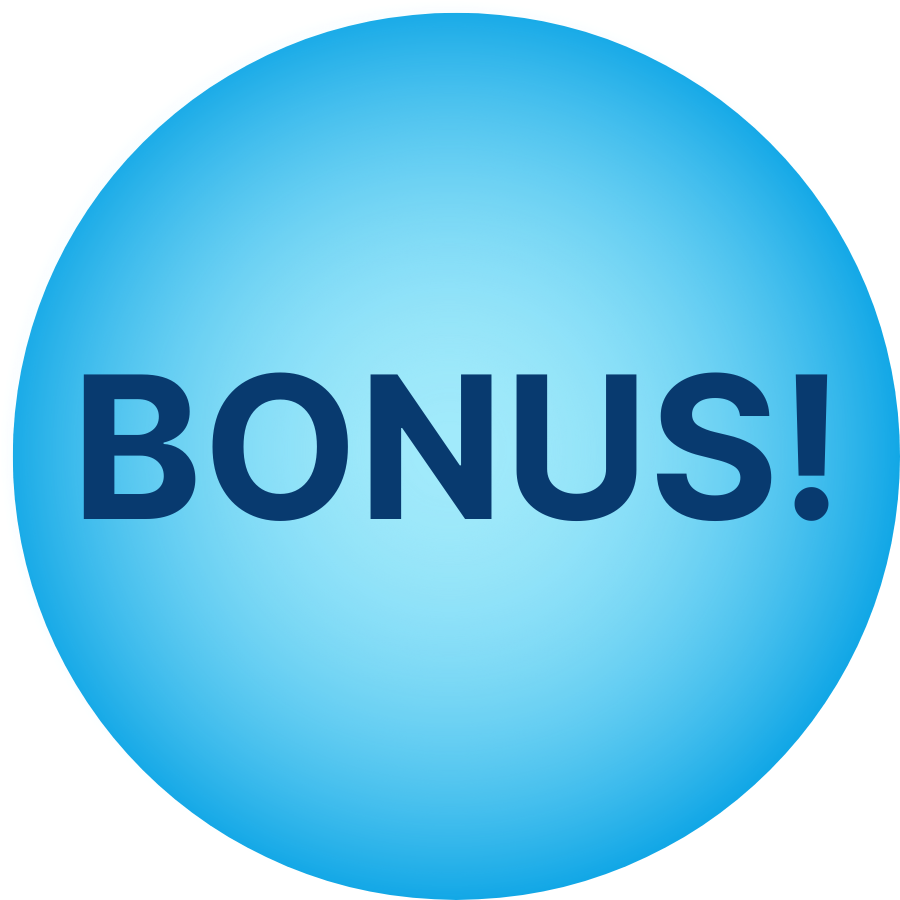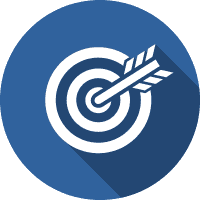Have a question? We are here to help.
Our advisors are available Monday through Friday from 8:00 A.M. – 7:00 P.M.
Email Us
Our advisors look forward to answering your questions.

3 Years of Access – Absolutely Free When You Enroll!
Limited time offer. Limited licenses. New enrollments only. Activation required.
• As low as $95 to enroll
• Projected Timing: 1-2 weeks
• Online and in-classroom observation
• Pass state pre-hire exams
• Projected Timing: 4-6 weeks
• 1:1 Coaching from former administrators
• Flexible on-demand coursework
• Projected Timing: 1 year
• Pass state licensure exam(s)
• Yay! You're fully certified!
• Become a part of our 85,000+ strong alumni
Choosing to certify in a high demand subject area can greatly expand job opportunities, enhance job security, and increase salary potential. We offer certification in many subjects, including high demand subject areas for the 2024-2025 school year. Click below to view our full list of certification areas.
TEACHERS CERTIFIED

CERTIFICATIONS Awarded Last year

Staff members to serve you

years of continued success
At Teachers of Tomorrow, we are dedicated to developing high-quality educators who make a lasting impact in classrooms and communities nationwide. Since our founding in 2005, we have grown into the nation’s leading alternative certification program, helping aspiring teachers launch meaningful careers in education. With over 85,000 educators certified, we continue to innovate and expand access to the teaching profession.
We believe that financial barriers shouldn’t stand in the way of passionate individuals pursuing their calling. That’s why we invest in our candidates, providing more than $100,000 in educator scholarships annually, along with exclusive discounts and financial incentives throughout the year. Click below to explore our current scholarship and promotional opportunities.
We have partnered with districts across the state to set you up for success with full program fee scholarships with our District Select programs. Learn how you can take advantage of this exciting opportunity and become a District Select candidate today.
Learn MoreChoose Teachers of Tomorrow if you want a quality, and affordable teachers certification program. Not only will you be able to receive your online teacher certification at your own pace, but you will have the support of an online community while you do earn it. Apply now and kickstart your journey of becoming a teacher.
Completing an alternative teaching certificate in Texas through Teachers of Tomorrow typically takes most individuals 9-12 months to complete. This is because the curriculum for the online certification program happens at your own pace with the support of mentors and an online community. Learn more about the Teachers of Tomorrow online community and resources.
In order to teach in Texas, you must receive a certification by passing the Texas Examinations of Educator Standards (TExES) test. Once you complete training, participate in 30 hours of field based experience, and pass the TExEs test, you are able to apply for your certification. Teachers of Tomorrow provides you with a curriculum that helps you not only prepare for the test but also gives you a community and mentors to help with teaching in the classroom. Learn more about our effective preparation for teaching in Texas.
The newly adopted provisions of the 19 Texas Administrative Code (TAC) Chapter 228, Requirements for Educator Preparation Programs are effective September 1, 2024. To ensure our compliance with these new requirements and the expectations related to Field-Based Experiences (FBEs), any candidate enrolled on or after September 1, 2024 must complete 50 total FBE hours. Contact your Program Advisor for more information.
There are a minimum of two exams every educator must take to receive certification in Texas: the TExES Content Test and the TExES PPR Exam. Depending on your subject area and other various factors, you may be required to take additional content tests.
The Texas Examinations of Educator Standards, or TExES, is an exam you’ll need to take to get your first Texas teaching certificate. Every teacher in the state of Texas must take a TExES demonstrating they understand the content they will teach – called a “content test”. TExES is just the umbrella term that refers to all the individual content tests. The TExES content test is designed to show that you’re ready to teach a subject in your own classroom. The specific content test you take will depend on the subject area and grade level you plan to teach. Depending on what you plan to teach, you may need to take more than one content test.
The PPR Exam, formally known as the Pedagogy and Professional Responsibilities Exam, is a Texas Examinations of Educator Standards (TExES) exam, and a mandatory component of the teacher certification process in Texas.
The PPR Exam evaluates candidates’ knowledge and understanding of pedagogical practices, teaching methodologies, classroom management, and professional responsibilities essential for effective teaching. Its purpose is to ensure that prospective educators possess the necessary skills and competencies to create a positive learning environment, engage students, and meet the diverse needs of learners.
Yes, Texas Teachers of Tomorrow offers rolling admission, so you can get started at anytime and begin your online training to become eligible for employment as soon as possible. Our online teacher certification program consists of self-paced training, so you can start teaching this year.
Explore our blog for insightful education updates, your go-to resource for enhancing teaching practices and staying informed with industry trends. Dive into a wealth of information covering classroom strategies, student engagement techniques, policy updates, success stories from our candidates, and more.
Learn More